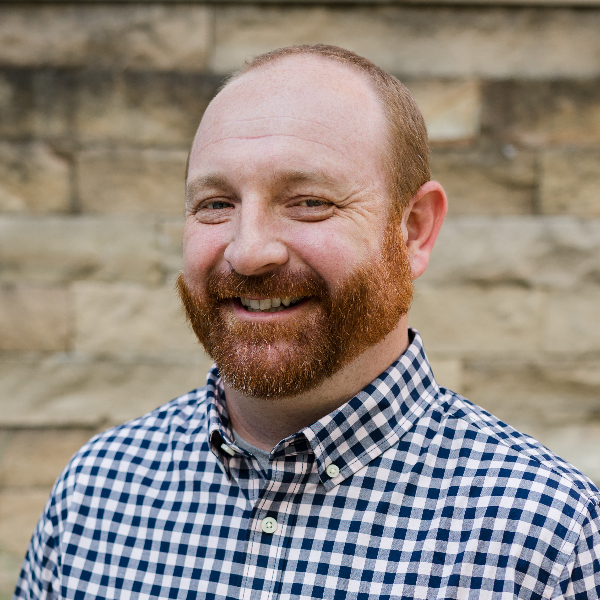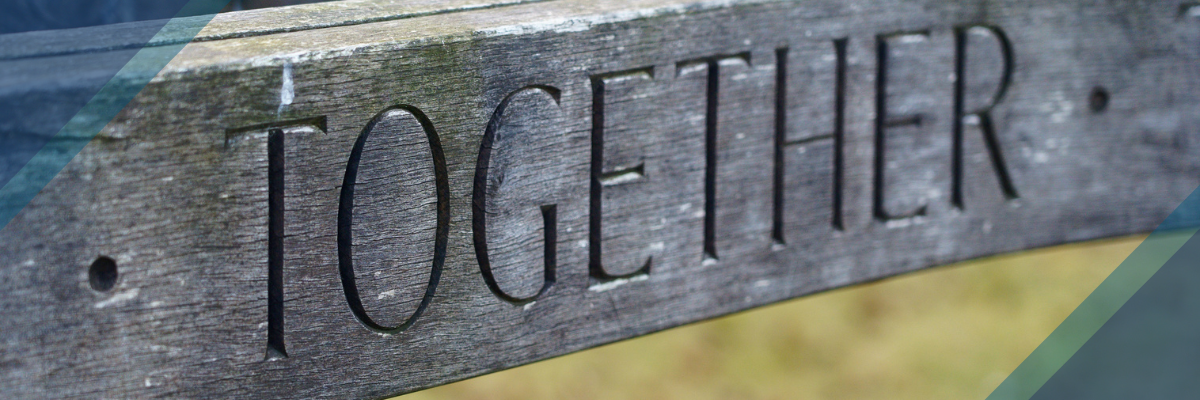In the News: My high school’s Muslim prayer room was a lesson in religious freedom
I recently ran across an article in the news that I think you need to see. It comes to us from the Religion News Service and is certainly thought-provoking. The title, “My high school’s Muslim prayer room was a lesson in religious freedom,” is eye-catching enough, but the piece itself is worth the read. Written from the perspective of a Muslim student, it details the current tension that exists in the United States around the exercise of religious liberty for non-Christian religions.
My point in surfacing this article is not to get into some debate about the specifics of the legal issue she addresses. In fact, that will not be welcome in the comments. Suffice it say, religious liberty means religious liberty for everyone, and that is a right we should uphold. One of the things that makes me proud of a Baptist heritage and identity is the toil of early American Baptists to secure true religious freedom in this country. At one time, Baptists led the way to freedom from persecution for religious beliefs, a conviction based in our understanding that any person’s acceptance of God’s grace in salvation must be voluntary and without coercion.
Instead, I think it is necessary that our churches see and understand the reality facing our new neighbors. For those of you here in Houston, this article is particularly fresh, because this young lady is writing of her experience in Fort Bend, here in the Houston area. The world she describes is a very real place, and it is one that our local churches and potential planters alike must understand if we are ever to be faithful to our commission in this city. However, this is not only true of Houston, areas like this exist in many cities around the country. Chances are, your church has one near you.
I share this article to pose this question: After reading her story, how are you prepared to be faithful to Christ’s commands concerning her and her neighborhood? Her community is a real place with real people. The school she describes really exists. Obviously, this requires something other than ministry the way we have always done it.
I leave you with one other thought before I send you off to read the article. In the opening paragraphs, the young lady describes Fort Bend, which is a very diverse area. In doing so, she points out that it serves as an enclave for a number of ethnic groups, especially Muslim groups. She speaks of the large number of mosques nearby and the unique culture of the community. Notice that she speaks of this setting positively. Siddiqi writes, “My father was a police officer, the first Muslim to join the Houston police force, and my mother was a physician who owned a small private practice in the heart of the city. Within a five-mile radius from where I lived, there were six or seven mosques, easy. My family had its own version of the American dream, and growing up in such a loving Muslim home was nothing short of being blessed.” In some ways, they sound like the typical American family, a police officer for a dad and a doctor for a mom. And yet, it is obviously different, as she speaks of growing up in a loving Muslim home, surrounded by mosques, and attending a public school with a dedicated prayer room for Muslims.
Too often, we think of ethnic enclaves as undesirable settings, like ghettos, where residents are forced to live by circumstance. Those of us from a “majority culture” just assume that the people in the “ethnic areas” of town would move out if they had enough money. That is, for many, simply not the case. Ethnic enclaves develop a life and culture of their own, their own version of the American dream according to Siddiqi. That means something for missions. Any method that seeks to extract people from these enclaves and cultural communities in order to place them in our own will likely fail to reach any but the fringes of their community. Instead, the gospel needs to work its way into the community and its culture. Individuals do not need to be pulled out, the gospel needs to be taken in.
Now, go read the article and meet Hiba Siddiqi:
My high school’s Muslim prayer room was a lesson in religious freedom




